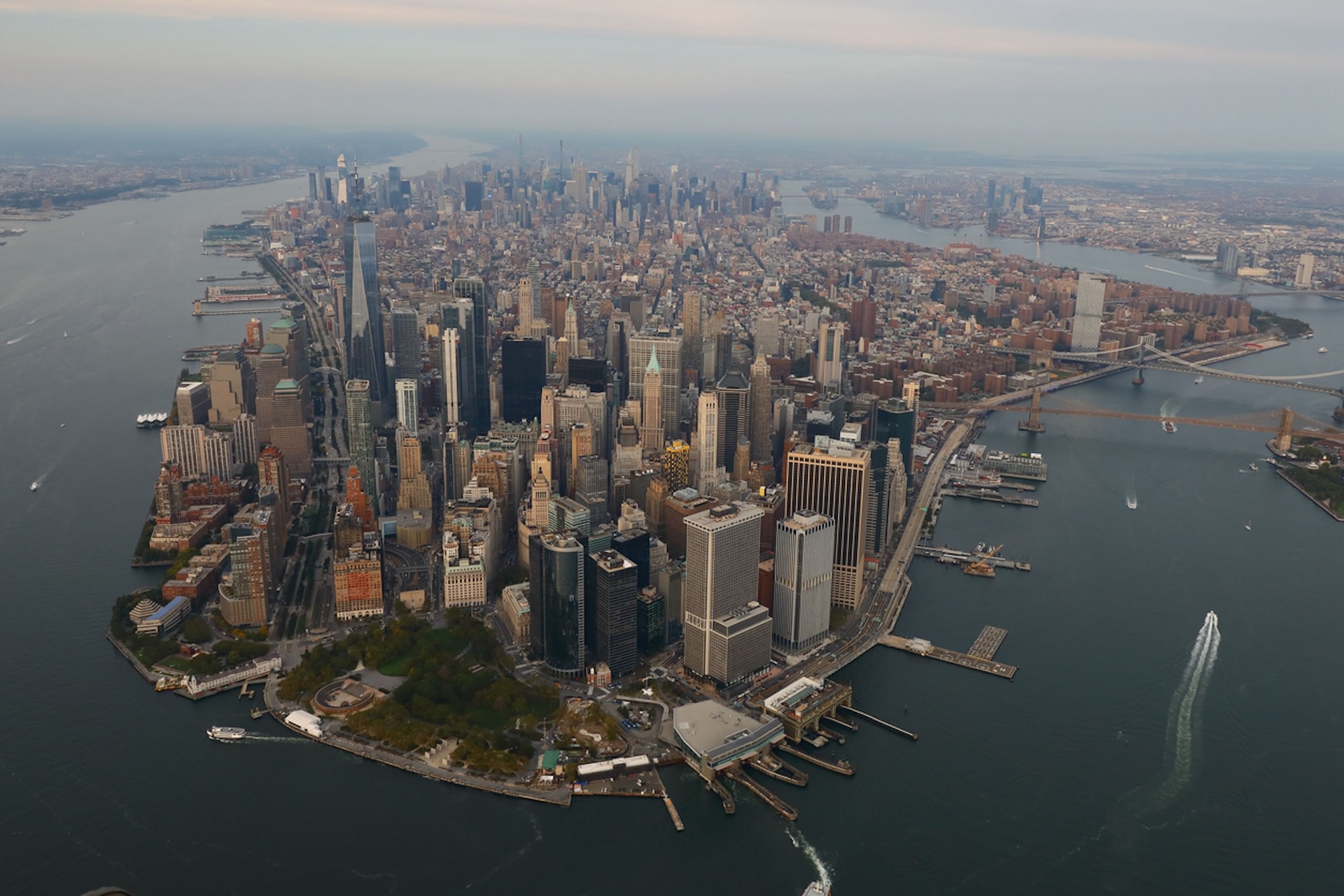Communities across the United States are steadily sinking with each passing year.
What's happening?
According to a new study in PNAS Nexus cited by WIRED, up to about 29,000 square miles of the U.S. Atlantic Coast are experiencing subsidence (sinking) as much as nearly 0.08 inches per year. And over 1,400 square miles of the same areas are sinking at a rate of about 0.2 inches per year (or more).
This has been caused by a variety of factors, but the extraction of groundwater is a primary issue that causes underground sediments to settle. And groundwater is extracted to fulfill human needs, like drinking water and agriculture, according to Next IAS and the U.S. Geological Survey. In other words, the more people or industry occupy a space, the higher the risk of sinking.
"There are processes that are sometimes even cyclic. For example, in summers you pump a lot more water, so land subsides rapidly in a short period of time," Manoochehr Shirzaei, a coauthor of the paper who serves as an environmental security expert at Virginia Tech, told WIRED.
Why is this concerning?
Sinking might not sound like a big issue on its own, but when combined with our rising sea levels, flood risks could be even worse than scientists previously anticipated, as WIRED covered in a separate article last year.
"And it's not just about sea levels," Leonard Ohenhen, the new study's lead author, who is also an environmental security expert at Virginia Tech, told WIRED this January. "You also have potential to disrupt the topography of the land, for example, so you have areas that can get full of flooding when it rains."
Case in point: in Jakarta, Indonesia, collapsing aquifers are causing the land to sink almost a foot every year, as noted by WIRED, and projections show that 95% of the northern part of the city could be underwater within the next three decades.
The researchers found that 10 levees on the East Coast are sinking by at least one millimeter per year (about 0.04 inches), which means around 46,000 people are at risk of being impacted in these 10 communities alone, WIRED reported.
And subsidence is not just happening on the East Coast, and not only because of groundwater depletion. Subsidence is also occurring in Arizona and, unsurprisingly, in Venice, Italy. And research indicates that New York's skyscrapers are causing additional sinking because of excessive weight.
What's being done about subsidence?
The researchers behind the new study seem to have developed a tentative solution to the issue, per WIRED: heavily regulating groundwater extraction in at-risk areas to minimize the damage.
"Having the details of where groundwater extraction is really having an impact, and being able to then demonstrate that we need to change our management of that water, that reduces subsidence in the future," independent scientist Natalie Snider told WIRED.
"This kind of data and the study could be an essential component of the health care system for infrastructure management," said Shirzaei. "Like cancers — if you diagnose it early on, it can be curable. But if you are late, you invest a lot of money, and the outcome is uncertain."
Join our free newsletter for weekly updates on the coolest innovations improving our lives and saving our planet.









